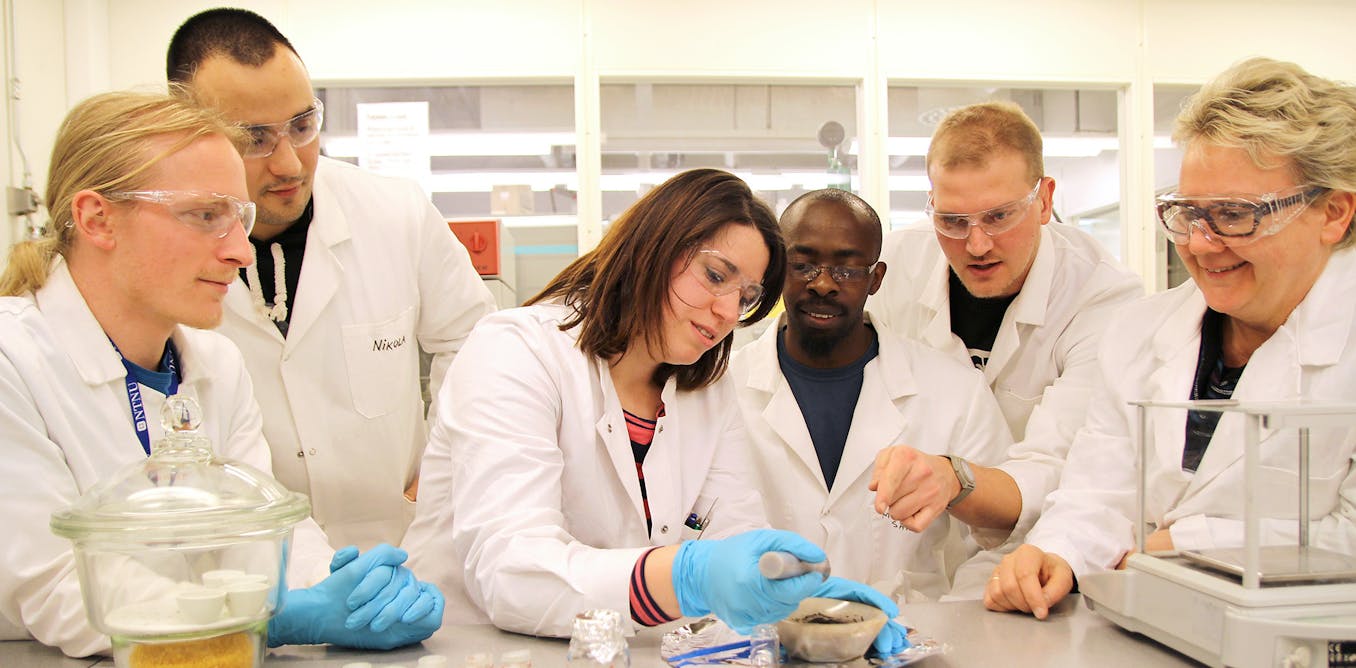Is scientific discovery driven by great individuals or by great teams?

🌈 Abstract
The article discusses the role of "star" researchers and their teams in driving scientific innovation and discovery. It examines the relative contributions of individual star researchers and their collaborative teams, known as "constellations", in producing high-impact research.
🙋 Q&A
[01] The Role of Star Researchers
1. What are the two ways in which star researchers improve collective performance?
- The presence and contributions of the star researcher improve the quality and output of their collaborators, leading to greater overall team success (the "spillover effect").
- Once a researcher has initial success, they find it increasingly easy to attract talent and resources, a phenomenon known as the "Matthew effect".
2. What factors make a leader "well-matched" to their team?
- High-value team leaders tend to work with high-value collaborators, supporting the idea that star scientists attract talented constellations.
- Prominent leaders have access to, and are preferred by, collaborators with whom they share some expertise overlap, but not too much overlap which can stifle innovation.
- High-value team leaders tend to work in groups where scientists of both senior and junior ranks come together, enabling diversity of perspectives and skills.
- Star scientists and their collaborators tend to share the same research profile with respect to the application domains of their research.
[02] The Relative Contribution of Stars vs. Constellations
1. What is the surprising finding about the relative contribution of stars vs. their constellations?
- It is rare for a single star researcher to make a more impactful contribution than their entire team. In only 14.3% of collaborations did the star's contribution surpass that of the constellation.
- In the majority of cases (over 75%), neither the star nor the constellation dominates, and innovation is a collective endeavor with complementarity between the star and the constellation.
2. What is the key takeaway for research credit and recognition?
- Research credit is often unfairly biased towards prominent individuals. While star scientists undoubtedly drive innovation, their achievements should be considered within the context of their team. In most cases, the constellation brings a high contribution that merits recognition with IP credits, financial rents, and other resources.
Shared by Daniel Chen ·
© 2024 NewMotor Inc.